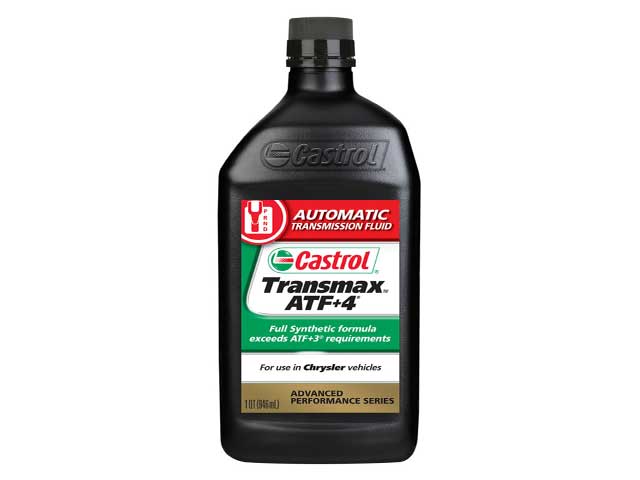Your car’s power steering system operates under high pressure, stress, and heat, which means its components will eventually wear out. Regular maintenance, which primarily involves flushing the fluid periodically, can significantly enhance the longevity of these parts. Changing the power steering fluid might be a bit messy, but doing it every 35,000 to 50,000 miles can substantially prolong the life of your power steering components, reducing the need for more frequent system overhauls.
Does it matter what steering fluid I get?
While most power steering fluids are quite similar, it’s crucial to use the fluid that meets the specifications for your car. This is particularly important for vehicles from manufacturers like Audi, BMW, Mercedes-Benz, MINI, Porsche, Saab, Volkswagen, and Volvo. If you’ve never changed your power steering fluid, now is the perfect time. Start by checking the reservoir under the hood. In most cases, you’ll need to refer to your car’s manual to determine the correct type of fluid.
Some options include synthetic, non-synthetic, and automatic transmission fluid, or ATF. The most commonly used power steering fluid is typically ATF.
Sometimes, the type of fluid required is conveniently indicated on the cap of the reservoir. Common types include CHF11s, widely used in various models, CHF202 for some Volvos, and Dexron III ATF for certain BMWs. Power steering fluid and ATF (Automatic Transmission Fluid) can be interchangeable in some instances because they are both hydraulic oils. However, it’s essential to always use the fluid specified in your car’s manual to ensure optimal performance and avoid potential issues.
Do you need to change your power steering fluid?
If your power steering fluid is fresh and healthy, it appears clear with a hint of red. A change in color signals that it’s time for a service. To check it yourself, open the hood and locate the steering fluid cap, unscrew the cap and use a flashlight to inspect the fluid. Dark brown or black fluid means the power steering system requires maintenance.
The main parts of the power steering system are heavily loaded gears, found in both the power steering pump and the rack or box. Over time, the oil in these components starts to shear due to the gears moving in opposite directions, causing microscopic metal fragments to mix into the power steering fluid.
This degradation is exacerbated by high temperatures and contaminants infiltrating hoses and the power steering reservoir or cap. As a result, the power steering fluid can turn into a nasty, black, and foul-smelling sludge. This sludge can make the power steering hoses porous and spongy and can cause seals to fail. Dirty, sludgy oil is detrimental to the precision components of your power steering system, so keeping the fluid clean is essential for prolonging the life of the pump, rack or box, seals, and hoses.
If you’re experiencing leaky hoses or degrading seals, it’s a good idea to replace all these components at once and start with a fresh fluid fill. This comprehensive approach means you only have to do the job once, ensuring a system that works like new. Many people opt to change the pump and all the hoses simultaneously, resulting in a revitalized system that lasts for years.
How to change your power steering fluid
Changing your power steering fluid is relatively straightforward, though most power steering systems don’t come with a specific drain plug – it’s wise to check the manual to see if there is a drain plug on your vehicle, we recommend Haynes. Professional auto shops often use a machine that circulates the new fluid, similar to an AC service procedure. This is the ideal method, but many DIY enthusiasts choose to handle it themselves to save money.
For a DIY flush, start by disconnecting the bottom of one of the low-pressure hoses while the cap is off. Expect the fluid to flow out rapidly and potentially create a mess. A useful tip is to use clamps or locking pliers to pinch the hose, slowing the flow of fluid. Be sure to place something like a rag between the hose and the pliers to avoid damaging the hose (especially if you aren’t planning to replace them). This approach allows you to control the flow, giving you time to reposition the hose into a container to catch the old fluid.
Bleeding the Power Steering System
After lifting the wheels off the ground, reattach the hose and refill the power steering fluid. Then, start the engine. It’s wise to initially keep the reservoir capped to prevent fluid from splashing out, but you will need to remove it for the next step. Turn the steering wheel fully from left to right multiple times. This movement, known as going “lock-to-lock,” helps to bleed the system. If you have someone to assist, they can perform this step while you watch the fluid in the reservoir for any released air bubbles.
It’s important to perform this with the wheels off the ground. Doing it with the wheels on the ground puts unnecessary strain on the power steering pump during the bleeding process, which can significantly reduce the pump’s lifespan.
Once you’ve thoroughly bled the system and the steering feels normal, you can choose to stop or repeat the process. Because a substantial amount of old fluid remains in the system after a single flush, doing this multiple times will yield better results. The fluid drained in subsequent tries will be a mix of old and new. It’s nearly impossible to remove all the old fluid, but even replacing about 75% with new fluid will make a considerable difference. For most DIY enthusiasts, two or three drain-and-fill cycles should suffice.

